"It is a bright sunny evening: the sea reflects a thousand glowing colours, and, in a minute or two, I shall be gliding on its surface" - William Beckford (also, me).Well this is a lovely way to travel and I wholeheartedly recommend it to anyone. Our Atlantic crossing was very smooth (the ship has a couple of 15ft stabilisers just in case it isn't) and I've had a lovely time exploring while on-board. Here are some useful things in case you find yourself heading off on a similar holiday. This is a really, really detailed post and will likely only be of interest to people about to embark on a QM2 crossing!
If you are going on one please make sure you've also read the relevant section (Eastwards or Westwards) at The Man in Seat 61's excellent website which has a page of details about Cunard ship-travelling. See also detailed information about QM2 from CruiseMapper.
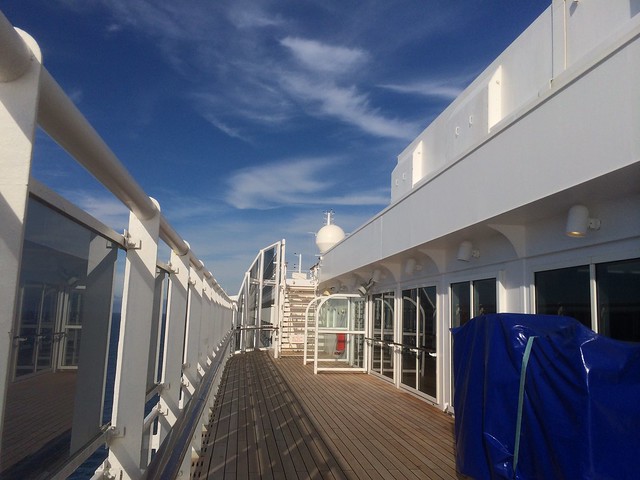
List of Contents
A. Before you leave
B. Getting to the ship in New York and checking in
C. Once on-board
[Finding your way around, stateroom facilities, fun things to do, internet and texts, dining options]
D. Getting off the ship and home
E. Things I'd like to find on-board
A. Before you leave
A1. Esta visa
I'm assuming you know how you're getting to New York to pick up the ship - you'll need an ESTA visa waiver to be admitted into the country and you'll need to have that arranged no less than 72 hours before entry. More on travelling to New York here.
A2. Things to do while you still have internet / before you are cut off from the outside world
Download any Kindle books you want and make sure they're available offline on all the devices you want to read them on. It won't do just to have them appear in your library, they need to be fully on the device. Similarly if you have articles to read on a read-later app (eg Pocket) make sure those are downloaded too.
Print anything you need a paper copy of (good idea to have printed Esta info) and any luggage tags, boarding pass etc.
For the other end of the journey familiarise yourself with Southampton port - there are four bits you can find yourself anchored at and we were at the Queen Elizabeth II bit. I think one of the docks is within walking distance of the train station / coach station (~15 mins) but the others (eg QE11) aren't, especially if your bags aren't all that light.
I also made a note of some Southampton taxi numbers but didn't need any because taxis know when ships are arriving and turn up very regularly to collect people. But it was reassuring to have just in case.
I'd also recommend making a note of train and coach times - I didn't do this, wish I had.
National Express
- all coach timetables
Southampton-London timetable [PDF, May 2018] - the 032 service covers this
Real-time coach and bus-stop tracker
B. Getting to the ship in New York and checking in
I took a taxi from my hotel in Manhattan and had to explain several times to the driver where I wanted to go and even show a suggested route on CityMapper on my phone. Most NYC visitors are going to airports or railway stations, and there are a lot of ports and ferries in New York and my driver wasn't too sure which one to take me to. Brooklyn Ferry Port is approximately a 35 minute drive from Times Square. You'll have been given a time slot from Cunard for arrival but there'll still be a long queue to board in a big warehouse.
Make a note of the phone number you're given in case you're going to be delayed. I doubt the ship would wait for you, but I suppose it's handy to be able to let them know if you're stuck in traffic and aren't going to manage it.
On arrival at the port no-one took my bags from me (I had expected that they would) so my bags and I walked onto the ship together and I wheeled / carried them to my stateroom. The luggage tags that you've previously printed out and affixed to the bags remain with you throughout and can be used at the end (see Leaving the ship).
At check-in you'll be given a card wallet containing your magnetic room keycard and map of the ship.
Note that while you are onboard you (everyone!) will have a customs check - this takes place in the Britannia dining room on various days and at various times throughout the crossing. The information about when your deck will have its session is printed in the daily schedule information that's left outside your door (for me it was from 9am onwards on the second morning) though you can attend any of the sessions. You'll need your magnetic room keycard to 'bip' in to prove you've done this.
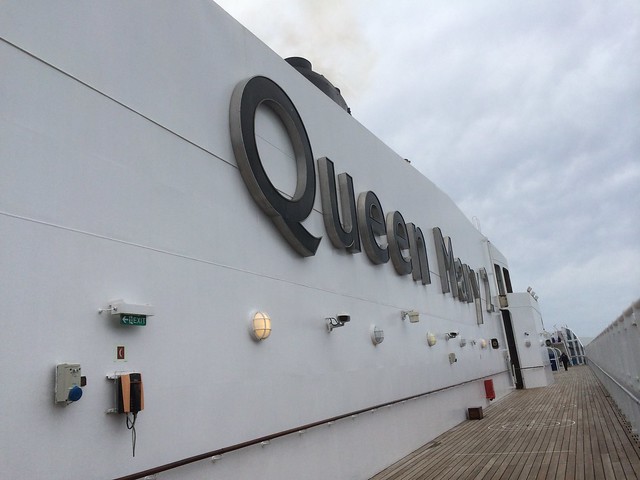
C. Once on-board
C1. Departure
It was only staring at the New York coastline which began to move that alerted me to the fact that we'd cast off and were actually on the move. It's incredibly gradual. There's a free half bottle of sparkling wine in your stateroom, on ice, or you can buy champagne on the main decks and wave at the helicopter that circles round as you depart. Someone told me it was taking photographs of people on-board to sell to them later - I've not seen any evidence of that (there's an on-board photographer anyway who does take photos of people at the formal dinners) but the helicopter got surprisingly close to the ship. The ship moved away from our mooring point / berth and then gracefully spun round to be pointing in the opposite direction so that we could then sail through the Verrazano Narrows Bridge which has only a few feet separating it from the top of our funnel. Despite the drizzly rain on our departure there was a big cheer when our funnel passed through without clipping the bridge.
Another treat during departure was the sounding of the ship's horns (have a listen here). They call them whistles but they seem more like horns to me. They're satisfactorily loud and the 'organ pipe' makes a funny little sound (like it's taking a breath in) before emitting the main sound.
C2. Finding your way around the ship
The ship is very well sign-posted with lifts / stairs at four main points: A, B, C and D. The A stair/lift block is at the front of the ship, then B and C with D at the back. Even-numbered staterooms (cabins) are on the port (left) side and odd-numbered ones are starboard (right) - discovering this fact helped me a lot! When standing anywhere on the ship it wasn't obvious to me which direction we were moving in (I don't know if it was crossing-smoothness or me having a poor sense of direction) so I always had to look either out of the window or check the stateroom numbers.
Every stair / lift area has a miniature map of the ship with a cross-section showing where you are in relation to everything else. There's a much bigger version of this with detailed info about each deck in the cardboard wallet they give you with your room key, and also one on the wall of Deck 2, I think it was near Stairway A but I'm sure you'll come across it. Deck 2's also a pretty good place to really feel the engines. My room 5145 was midships and I was close to some nice rumbling sounds which might actually have been the air conditioning units, but I pretended it was the engines. It is exceptionally pleasant and relaxing to be on a gently moving, rumbling ship and I had some first-rate sleeps on-board.
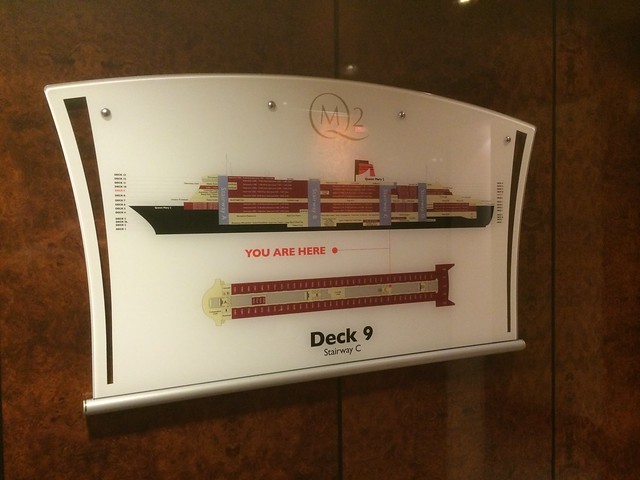
C3. Stateroom key
I kept my stateroom keycard in my pocket but I saw some more experienced folk carry theirs in card-sized plastic wallets on lanyards around their necks - in fact you can even buy Cunard lanyards in the shops on Deck 3 but I resisted (I didn't resist the QM2 tea towel and fridge magnets though).
C4. Stateroom facilities
- Ensuite with shower, loo and handbasin (no bath, possibly they have them in the fancier rooms) and a retractable clothes line for drying your clothes (laundrettes also have dryers).
- Television
- Kettle and tea/coffee making things
- Minibar with fizzy drinks and booze and a price list, also Pringles and a bag of nuts.
- Hairdryer (in drawer, already connected to electricity supply - mine was in the drawer by the desk near the television)
- Safe - you can pick a PIN or use any swipe card (it's not charged) to close / open it
- Plenty of cupboard and drawer space for two people.
- Electrical sockets - both US and UK
- Sofa / chairs / mini table / bed (!)
C5. Fun things not to miss - planetarium
Planetarium tickets tend to go quite quickly. The brochure material advertises that tickets are available in Connexions on Deck 2 but in fact they are put, or given away at, a table *between* the port and starboard Connexions. I bumped into quite a few people sitting in the Connexions area and missing out on the queue, as I myself had done on the first day. There are generally four or five screenings of the same planetarium show on any given day (1pm, 1.30, 2pm, 2.30, 3pm etc) and the film shown changes during the crossing. The tickets are made available from about 9am and tend to go within forty minutes. Sometimes people change their day's plans and return unused tickets so worth walking past later.
On my trip you needed to arrive at the starboard entrance for Illuminations (the cinema whose central portion forms the planetarium) 15 mins before your ticket time and form a queue there. Latecomers aren't admitted once the lights go down. Around 140 tickets for each show are distributed from the table in the morning but around 10 are reserved for walk-up attendants, so even if you missed the ticket hand out you'll probably get in OK. For the first couple of days people are still finding their way around so didn't make it to their ticketed time leaving more space for casual visitors.
C6. Fun things not to miss - stargazing
Very, very weather permitting. On only one night of the crossing was the sky sufficiently cloudless for me to see lots of stars. It was briefly quite spectacular. Other than the bridge the darkest place on the ship is the open-to-the-elements (but covered) Observation deck on Deck 11 nearest the A stairwell / lifts. In fact the most fun lifts to take are the 'secret' "scenic elevators" which are sign-posted but attention isn't really drawn to them. These are glass elevators right at the front of the ship (by A stairwell) which let you look out to sea as you go up between Deck 7 and Deck 11. Once you get to 11 you have to open a reasonably stiff door to the outside deck - it's closed in high winds though. Once outside, particularly if you're there after dark, you'll need to wait a little while until your eyes become dark-adapted before you can move around safely as it's really, really dark - actually quite spooky late at night as you'll probably be by yourself. Right at the front of the ship it's eerily quiet, you can hear the sea a little more from either side. A jacket's not a bad idea but for most of the nights I was there it was pretty warm. Directly above you is Deck 12 which is largely blacked out so that the crew can see more clearly.
I have no idea if it's possible to see the Milky Way from QM2 on an Atlantic crossing or if you have to be somewhere else in the world at a particular time of year. The library kindly put in a question to the bridge for me but alas I didn't get an answer before departure so haven't found this out yet. I don't know if I was looking at a lot of stars and a wispy cloud or actual Milky Way but whatever it was it was magic.
C7. Fun things not to miss - watching the bridge
On Deck 12, Stair A between 9am and 4pm there is a bridge viewing corridor just behind the main bridge (which you obviously can't get into!). You can see all the high tech machinery that's used to get the Queen Mary from A to B safely and swiftly. Photography or any other recording is forbidden and you're not allowed to try and get the attention of the people inside - who probably already feel like fish in a goldfish bowl. Towards the right of the viewing area there's an annotated, numbered photograph explaining what everything is and on the left hand side there are a series of information sheets (in English or German) telling you a little bit more about the navigation systems and how the ship gets about.
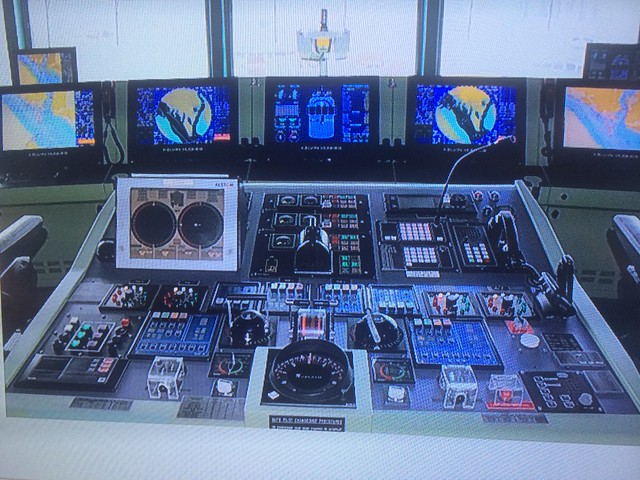
(Photo above taken from television screen as we weren't allowed to take photos of the actual bridge)
C8. Fun things not to miss - eight bells
I only discovered this on the last day. I'd seen 'eight bells' in the programme notes for the day but having no idea what that might mean I'd ignored it. Later on I'd been reading the info panels scattered all over the ship about the history of Atlantic crossings, Cunard shipping and passenger cruising and discovered that it refers to the 'watch' (timed changes in staff every few hours) so popped along to hear one of the crew ring the QM2 ship's bell in the lobby on Deck 3. Also very loud.
C9. Fun things not to miss - the information panels 'Maritime Quest'
You won't miss these as they're ubiquitous and also fascinating. When QM2 was to undergo her refit in 2004 Cunard announced they were looking to hear from anyone who'd been involved as passenger or crew on any of their ships, and they've put together this really fascinating display. There's also an audio bit that goes with it but alas it wasn't working when I asked to pick up the headset.
From these panels I learned that it doesn't have to take 7 days to cross the Atlantic, it was perfectly possible to do it in 4 days and 27 minutes which the first Queen Mary ship did in 1936. The slowest Cunard crossing has been 10 days and 19 hours, on the Columbia. These days doing it any quicker than 7 days isn't particularly cost-effective in terms of fuel, plus passengers are generally not in a rush (if they were they'd take the plane which does the same journey in about 7 or 8 hours).
C10. Fun things not to miss - daily quiz from the library
The library (Deck 8, front of ship, stair A, also accessible via the scenic elevator) publishes a crossword, quiz and sudoku every morning. If you want you can return your completed quiz by 4pm for a chance to win something. It also has loads of books, a nice quiet spot looking out over the front of the ship and self-service computers. You can take books out on your stateroom key.
C11. Entertainment
Every evening (about 7.30pm but it varies) you get next day's programme of events with times and locations. There are plenty of interesting lectures on art, science, astronomy as well as art and dance classes, musical events and films. There's a channel on the TV in your room that lets you watch the day's lectures later, handy if something clashes with something else.
Every day there was also a meet up for passengers who were travelling by themselves but since I was keen to continue in that vein I didn't attend any of them.
C12. Cinema
There's a film shown every day, usually with three screenings of the same film at 5.30, 7.30 and 10.30 or thereabouts. You can also watch the film later on your stateroom television.
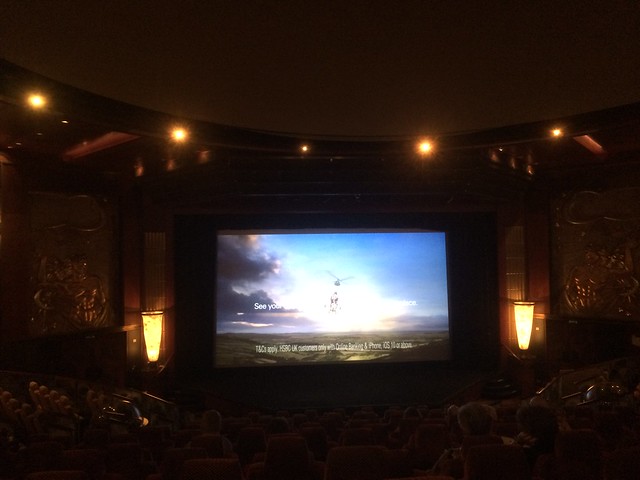
C13. Art talks
I went to one because I was interested to hear more about the artist but I was delighted to discover that they also hand out free champagne so that's possibly worth knowing about!
C14. Art everywhere
Every wall is covered with art (specially commissioned for the ship) and some of it is rather lovely. There are an unbelievable number of pictures painted of the Queen Mary 2 herself, painted from different angles.
C15. Certificates and gifts given to Cunard / the ship
Every time the ship visits a new port the local mayor or other dignitary gives a nicely calligraphed welcome note or a gift. Sometimes a special day is created, eg Cunard Royal Rendezvous day when QM2, Queen Elizabeth and Queen Victoria arrived in Brooklyn together. Some of the gifts are really cool and you can get a sense of the amazing places the ship has visited on its travels. It doesn't just do crossings, toing and froing across the Atlantic, but also does cruises to different places.
C16. Exercise
There's a gym on Deck 8 which I promised myself I'd visit and didn't though I did take a few laps around the promande deck on 7. Three laps equals 1.1 miles. Pools everywhere and on the top deck there's shuffleboard and an enclosed golfing thing (enclosed for very obvious reasons I should think!). There's also a health spa but I find it's best to keep me away from anything that advertises chiropractic or essential oils as it will only start an argument so I didn't visit that. It's on Deck 7 and I walked through it most evenings to get to the scenic elevator to go to the Observation deck. It was permanently playing soft ambient 'whale music' stuff, which of course I'll now miss as it was quite relaxing.
C17. Telephone use - internal
If you're travelling with friends in different rooms then you can telephone them (from anywhere in the ship) using any of the phones - the room number is the number you ring. There are something like 3,000 phones (obviously they look like landlines, but of course they're not!) on-board. You can also use your stateroom phone to make expensive ship to shore calls.
C18. Mobile phone use
On the 2nd sea day I swapped back my US sim (data only, no calls) for the UK one and was immediately connected to a phone signal via Maritime Telenor. 3G didn't work at all for me (this may have been a connection problem, or a consequence of fiddling about with the settings to get the US sim to work). I was easily able to send and receive texts but note that it costs 50p per text, measured by the old 240 characters or whatever it was. If you're sending chatty long messages about how excited you are to be on the lovely ship then don't be surprised if you discover that each message is costing £1-£1.50. Oops.
C19. Internet use
Better in the evening when everyone's having dinner and can be a bit shaky but works fine. I went for the half hour package to try it out first. You can log in and download emails then log out - that only uses a minute or two, perhaps more if the connection is struggling. Then you can compose any replies, or tweets or whatever text you want to communicate while offline, and send it once you reconnect. I sent a few images to Instagram which I've set up so that it also automatically tweets them, saving me from sending things twice.
I just used my laptop (and phone, though you can only connect one device at a time to the wifi) in my stateroom but it'll work with the internet pretty much anywhere on-board. There are also networked computers in the library and a dedicated computer suite on the 2nd floor near connections.
It is essential to actively log out after a session. Shutting off the wifi connection won't stop your minutes ticking away. It's logout DOT com to log out and login DOT com to log in (pretty easy to remember!). The logging in process also needs you to confirm, after you've entered your username and PIN (which you create in the one-off registration phase).
C20. Navigational information - where are you?
Every day at noon the Captain gives a little information about what we're sailing through and what land might be near, if any. On Friday we seemed to be about 13,000 feet above a LOT of sea cucumbers living their lives obliviously beneath us. Then the Captain handed over to someone else who gave us Longitude and Latitude measurements. There was info about heading (direction in which we're travelling), miles and kilometres covered and those yet to cover, average speed (around 21.5 knots) and reports on the upcoming weather, air temp and sea temp (rarely below 14 degrees in June). For five of the six sea days we all put our clocks forward one hour at noon, which also meant that the restaurants were immediately open for lunch. Basically noon on the ship doesn't really exist other than on the first day.
Additional navigational information can be found on Deck 8 by the internal swimming pool (which has a retractable sun-roof). It's one of several swimming pools or whirlpools on-board. There's also a channel on your television which gives you the same information and cycles through 'pages' of this stuff. There's even a channel just to tell you what the day's dress code is!
C21. Sending postcards
Your room's large welcome pack has a slot at the front with some free postcards and there are more of these available at the purser's desk on Deck 2. If you want to splash out you can hand in and pay for your postcards (or any mail) to be posted and they'll stamp it with a "Posted Onboard Queen Mary 2" stamp with the Cunard logo. Historically the early Cunard (and other) ships were steam packet ships transporting mail, and many of the ships had the designation RMS for Royal Mail Service / Ship. QM2 also has this designation, as a courtesy from Royal Mail in recognition of the Cunard history. It costs about £1.20 to send a postcard from the ship.

C22. Drinking water
All water on ship from any faucet is drinkable. It's made by massive desalinators from the Atlantic, rather cool. The restaurants have chilled water, iced water, tea/coffee and fruit juices available free (I think 24 hours a day). You have to pay only for fizzy drinks or alcohol.
C23. Formal / informal attire
I'm probably a bit of a disappointment to Cunard as I spent my entire time in jeans or a pair of summer trousers and did not dress up once, it's not really 'me'. After 6pm jeans, shorts or super casual attired folk are restricted to the King's Court or the Carinthia lounge and those who've made the effort have the run of the ship. A good way to get to the cinema without giving offence to the befrocked is to walk along the corridor on your deck (where your stateroom) is to Stairwell A and take the lift down to 3 then you've got a much shorter walk to the cinema for the late showing. No-one tried to stop me from entering the cinema, even in jeans, on formal night ;) Fortunately it's quiet dark in there!
C24. Seeing the sights
It's literally six days of largely uninterrupted sea-viewing. During the earlier part of the journey I saw one ship waaaay in the distance (it looked tiny). This is despite the Atlantic being absolutely full of ships (have a look at Shipfinder) but it's so massive (and QM2 is probably sailing quite fast and overtaking other ships) that you can literally go for days without seeing anything, certainly from the promenade deck on 7. Possibly the bridge or Deck 11 might have seen a little further on the horizon. On the last day we had the Yang Ming freighter sailing fairly close, it was very visible and seemed to be only a mile or two away (but perhaps it was more massive than I imagined and was tens of miles away!). On the very last night I went up to Deck 11 at about 12.30am and managed to count 9 ships in the distance, some very faint. Also on the left hand side I could see a lighthouse which emitted four short light bursts on each spin round. We'd passed by the Isles of Scilly earlier in the day so I don't think it was that but possibly we'd rounded it and were now seeing it from a different direction.
C25. Clothes washing, drying, ironing
There are laundrettes on most of the decks with staterooms on with washing machines, dryers and irons plus free washing powder. In your ensuite bathroom you'll find, in the shower, a thing that looks like a reception bell on the wall, if you pull the bit in the middle it'll bring out a washing line string that you can hook into the receptable bit on the opposite side of the shower. I just washed my own clothes in the bathroom's basin (behind the faucet there's a thing to press down to close the plug). A good tip once you've wrung the clothes a bit is to roll them up in a towel and wring them again to get more water out. I found stuff mostly dried overnight. I brought with me 8 plastic washing line clips to hang stuff up but to be honest you could just slide things with arms onto the line itself. There's also a hairdryer in one of the drawers if you need a boost.
C26. Dining options
I ate in the King's Court buffet which met all my food and drinks needs. I did have an 8.30pm sitting for dinner in the fancier Britannia (shown below) but gave that a swerve as even on informal nights you can't wear jeans. Also they wanted to sit me with other single travellers which just opens up the potential horror of meeting other people just like me ;)
Every stateroom is assigned to a particular dining room so you'll get this information with your booking.
During the crossing I would regularly have a main meal in the buffet area and then pick up a pudding or snack and make a cup of tea either to take back to my room or to the cinema. A kindness after doing this is either to take your crockery back to the buffet later or leave it in an obvious place (usually next to other crockery) for staff to find.
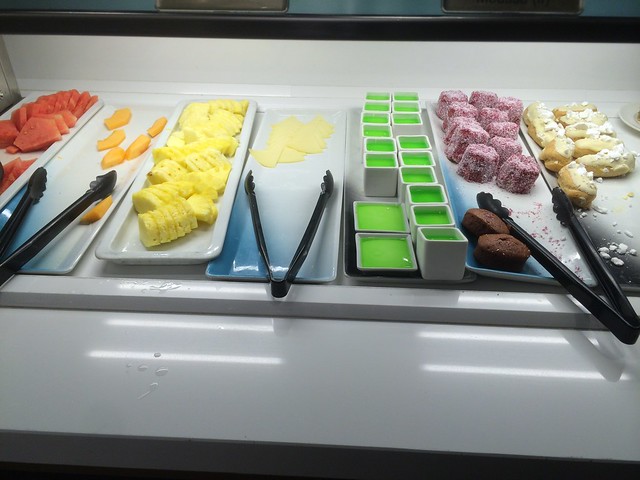
At breakfast on the last sea day I pinched an extra plain muffin and croissant so that, at 6am on the final morning, I could have breakfast in my room along with a cup of tea made on the in-room kettle. That worked beautifully, and I breakfasted on the balcony while watching the ship slow to a crawl and snuggle up to the port.
D. Getting off the ship and home
D1. Leaving the ship
You have to vacate your room by 8.30am (so that they can clean it for the next incumbents joining at 4pm) and wait in one of several rooms around the ship before it's your time to leave. Deck 5 where I was left at 10.15 in the morning. However if you can carry your own bags off the ship, and wake up early enough to be in the Queen's Room on Deck 3 at 6.50 in the morning, you can do something called 'self-help departure'. That's what I did. Apparently you're supposed to register with the purser and get a self-help card - alas I didn't realise it was a formal process and rocked up without one of these. It made not a jot of difference - a nice man and later a nice woman asked for the card, I explained I didn't have it and they were fine about it. As long as you have your magnetic card to swipe all is fine and I'm pretty sure they can find you on the system even if you don't have that to hand.
There were quite a few of us doing the 7am escape but we had to take a lift to the arrival hall and it carried only about 16 people plus bags so that slowed things down a bit ;)
D2. Transferring to your onwward journey
Remember that you're arriving on a Sunday so I recommend having a snack and drink in your bag as you might find nothing much is open.
Once you're in the main arrivals hall taxis arrive thick and fast though no-one seems to share them, which seems inefficient but nicely private. I thought I'd try a speculative National Express coach which might drop off at Lewisham. Alas the first coach I could have got (7.50am) was full of people who'd had the better sense to book a ticket in advance. The next coach was in an hour, so I walked the five minutes round the corner (behind the Toys R Us shop) to the train station where I was surprised to discover that the first train to London wasn't until 8.55. I arrived at the entrance next to Platform 4 and took the lift / bridge to Platform 1 for the next London train. Nothing much is open in the station but if you nip out from the Platform 1 side there are coffee shops and loos so you can grab a bite to eat / drink.
I couldn't find on my phone an obvious list of the times that coaches leave Southampton despite searching on Google for precisely that. If I find them I'll add them here.
E. Things I'd like to find on-board / suggestions
E1. Celestial navigation information, and perhaps demos
Living next to Maritime Greenwich (I live in Blackheath) means I'm already pretty obsessed with sea-going activities. While modern ships like QM2 use automated GPS-enabled systems to navigate I'd have loved to hear a little more about celestial navigation (astronavigation) or more general use of a sextant (which can be used to take readings of any celestial body day or night). I don't know if the crew still do any of that sort of thing themselves, generally they don't need to but people often do it to check the accuracy of a chronometer or just to know they can do it in case of catastropic electrical failure, I suppose. For a long time the skills were taught in maritime colleges, and essential to pass exams. It looked like this might start to be phased out as no longer really necessary with reliable GPS but if it gets hacked (admittedly less likely with encryption) it becomes rather less useful. Anyway I used quite a lot of my internet minutes to download Wikipedia pages about the topic as the library doesn't have a book on celestial navigation! I've suggested that in the end-of-voyage survey.
E2. Star maps and 'what you can see in the sky'
How about star maps? I could see Cassiopeia (the W shaped constellation) to my left as I stood at the front of the ship. To my right there was a reddish star or planet (Mars? Antares?) quite low on the horizon. I took out a helpful book from the library, on astronomy for beginners and it had star maps for different hemispheres looking North or South, at different times of the year. I picked the London / Summer option. One problem I found was knowing what direction we were in as my iPhone's compass pointed to a wildly different heading than the one the Captain and information panels announced (obviously I truste the Cap / info panels more than the iPhone whose GPS may be affected by on-board interference). Given that there are printers on-board (no kidding, they print the daily events info, the mini newspaper and all the menus etc) I'd think a couple of star maps could be printed - you'd really only need to place them on Deck 11 (port and starboard) as that's really the only place dark enough to see stars. I suppose it wouldn't hurt to put some on Deck 13 too with a note saying you'll see more on Deck 11! I left my own hand-drawn postcards in both of the scenic lifts with a cartoon of a person on Deck 11 enjoying the stars. I chatted to so many people, none of whom knew about this marvellous opportunity, that I decided to leave a note. I'm glad I did as in doing so I was coincidentally on Deck 11 to get a really good hearing and recording of the whistle test.
E3. Passenger notice-board
Part of the fun of exploring the ship is discovering it for yourself of course but I also enjoyed chatting to people later and finding out new things from them and telling them about my discoveries. I seemed to spend most of the journey bumping into people in lifts and telling them not to miss Deck 11 for stars if cloudless, or Deck 12 Stair A for seeing the bridge, or gathering up people at the Connexions bit and pointing them to the right bit to queue for planetarium tickets. I'd have loved to have a noticeboard where I could add a note saying 'Ooh I found this useful thing' and read other people's useful things - eg their music or food recommendations, or a really good spot on the ship to see X, Y and Z.
Also...
E4. Scenic elevator 'bings' are very loud
I hope I didn't disturb other passengers when I used the scenic elevators late at night as the 'bing' announcing its arrival is rather loud!
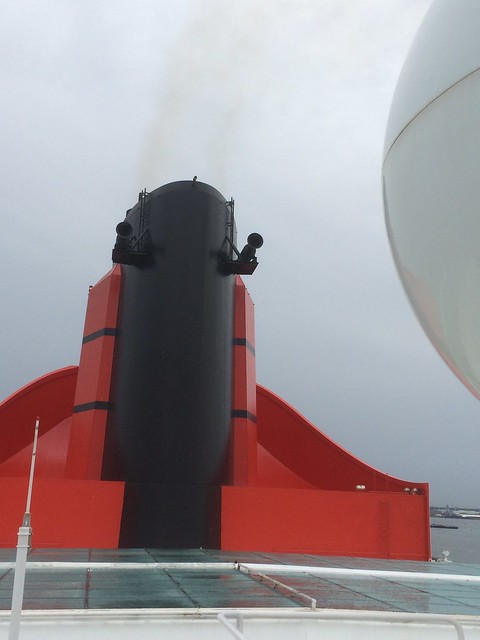

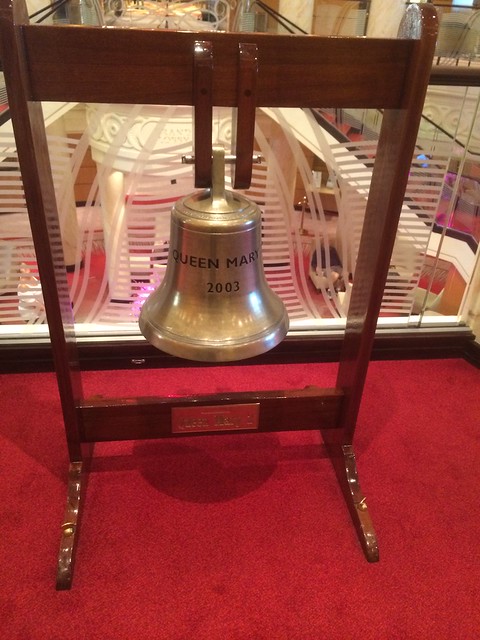
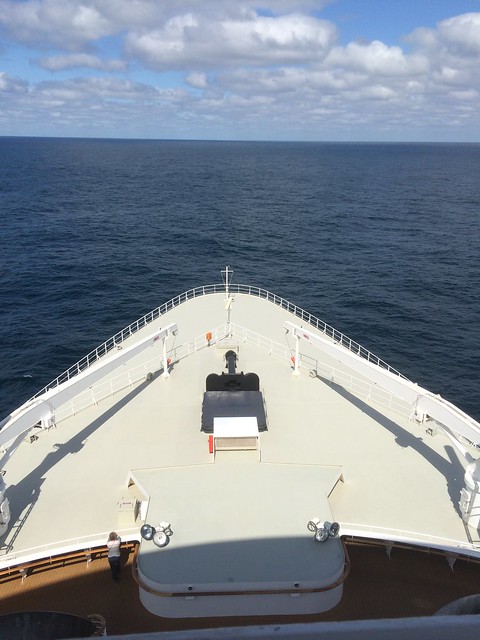

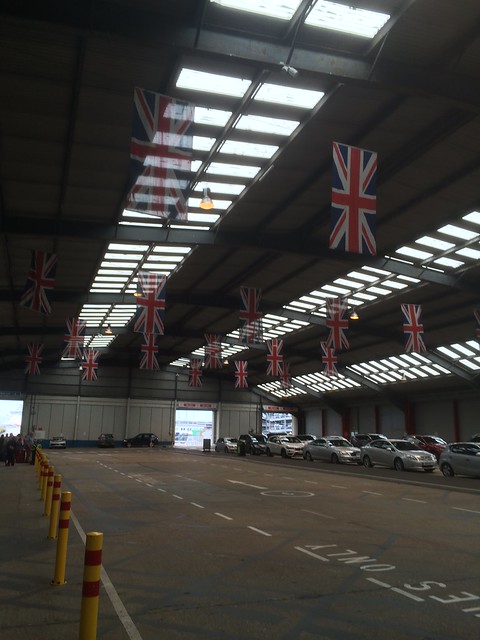
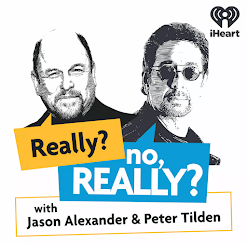




Fantastic photos, Jo! You seemed to have thoroughly enjoyed your trip!
ReplyDelete